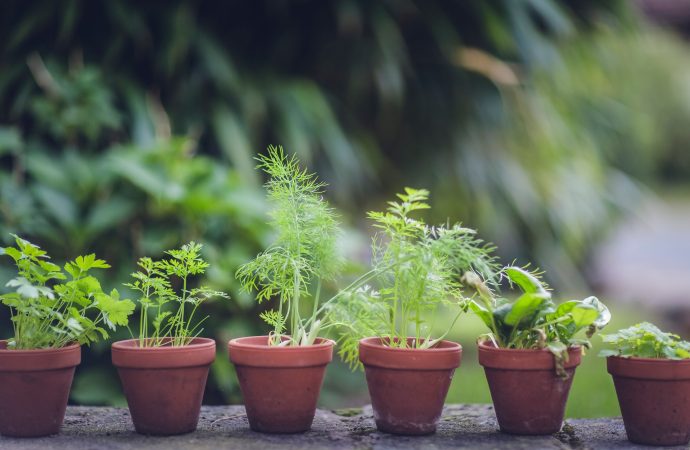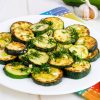Step into your garden and you’ll be greeted by a flurry of activity – bees buzzing from flower to flower, butterflies fluttering about, and hummingbirds darting through the air. These are our pollinator friends hard at work! But did you know that these little creatures play an essential role in our ecosystem? They help plants
Step into your garden and you’ll be greeted by a flurry of activity – bees buzzing from flower to flower, butterflies fluttering about, and hummingbirds darting through the air. These are our pollinator friends hard at work! But did you know that these little creatures play an essential role in our ecosystem? They help plants produce fruits, seeds, and nuts while ensuring genetic diversity. That’s why designing your garden with pollinators in mind is more important than ever! Join us as we explore how to attract these vital insects to your yard and maximize their visits for a thriving garden.
What are pollinators and why are they important?
Pollinators are creatures that transfer pollen from the male to the female part of a flower, allowing for fertilization and reproduction. They include bees, butterflies, moths, hummingbirds, and bats. Without pollinators, many plants would not be able to produce fruits or seeds.
Pollination is critical because it helps maintain biodiversity in our ecosystem. Plants rely on pollinators to reproduce and generate genetic diversity within their species. This variety ensures that plants can thrive in different conditions and environments.
In addition to supporting plant life, pollinators also provide benefits for humans. Many crops such as almonds, blueberries, apples and squash depend on these tiny creatures for production. Without them we could face food shortages which will affect our diets and economies.
However pollinator populations have been declining due to habitat loss caused by human activity including urbanisation and pesticide use . We need to support these essential insects by designing gardens with their needs in mind so they can continue carrying out their vital role in our ecosystem!
The best flowers for attracting pollinators
Flowers are the primary source of food for pollinators like bees, butterflies, and hummingbirds. When designing your garden to attract these important species, it is crucial to choose the right flowers that will provide them with the nutrition they need.
One of the best flowers for attracting pollinators is sunflowers. These bright and cheerful blooms are irresistible to bees and other insects. They produce a lot of nectar which attracts hummingbirds as well.
Another great flower option for pollinators is lavender. Its sweet fragrance lures in bees and butterflies from far away while providing them with plenty of nectar to feast on.
If you’re looking for a low-maintenance option, then consider planting wildflowers such as coneflower or black-eyed Susan. These plants thrive in almost any soil condition while also being attractive to many different types of pollinators.
Don’t forget about flowering herbs such as basil, thyme and rosemary! Not only do they add flavor to your kitchen creations but their beautiful blooms also attract bees and butterflies into your garden.
By incorporating these flowers into your garden design, you can create a vibrant oasis that not only looks beautiful but also supports the essential work of our insect friends!
The best time of day to plant your garden
Timing is everything when it comes to planting your garden. Choosing the right time of day to plant can make all the difference in attracting pollinators. The best time for planting your garden is early in the morning or late evening when temperatures are cooler and humidity levels are higher.
Planting during these times will help reduce stress on young plants, which can be damaged by high temperatures and intense sunlight during midday hours. It also allows plants to absorb moisture from the soil before hot weather arrives, which helps them establish roots faster.
In addition, morning and evening hours are prime pollinator activity times since many pollinators such as bees, butterflies, and moths become more active during cooler temperatures. By planting at these times you increase your chances of attracting more visitors to your garden.
Choosing the right time of day to plant can lead to a healthier and more productive garden that attracts a variety of pollinators throughout the growing season.
Tips for designing your garden to maximize pollinator visits
When designing your garden to attract pollinators, there are a few tips to keep in mind. First and foremost, it’s important to choose the right plants. Native flowers are often the best choice because they have evolved alongside local pollinators and provide them with the food they need.
Additionally, be sure to include an array of flower shapes and sizes as different pollinators are attracted to different types of blooms. Grouping similar plant species together can also make it easier for pollinators to find what they’re looking for.
Another thing you can do is incorporate nesting sites into your garden design. Many bees and other insects rely on hollow stems or holes in wood for nesting purposes, so leaving some bare ground or incorporating bee houses can help support their populations.
Consider using minimal pesticides or none at all when maintaining your garden as these chemicals can harm beneficial insects like bees. With these tips in mind, you’ll be well on your way to creating a thriving pollinator-friendly garden!
Conclusion
Designing your garden to maximize pollinator visits is a simple yet effective way to help protect and promote these essential creatures. By choosing the right flowers, planting at the optimal time of day, and incorporating features such as water sources and shelter, you can create an inviting habitat that will attract a variety of pollinators.
Not only will this benefit the environment and local ecosystem but it can also enhance the beauty of your outdoor space by adding vibrant colors and diversity. So why not start planning now? With just a few adjustments, you can transform your garden into a thriving haven for pollinators while enjoying all the benefits that come with it.























Leave a Comment
Your email address will not be published. Required fields are marked with *